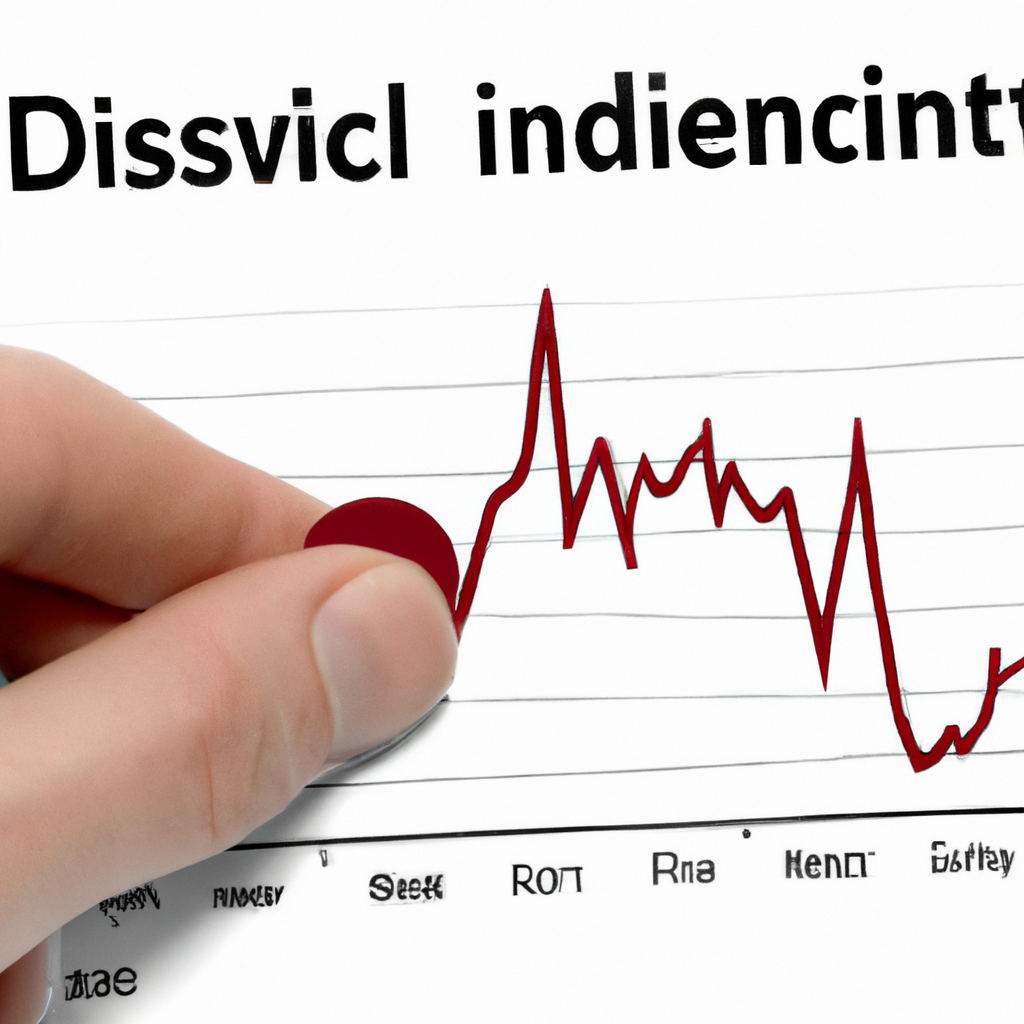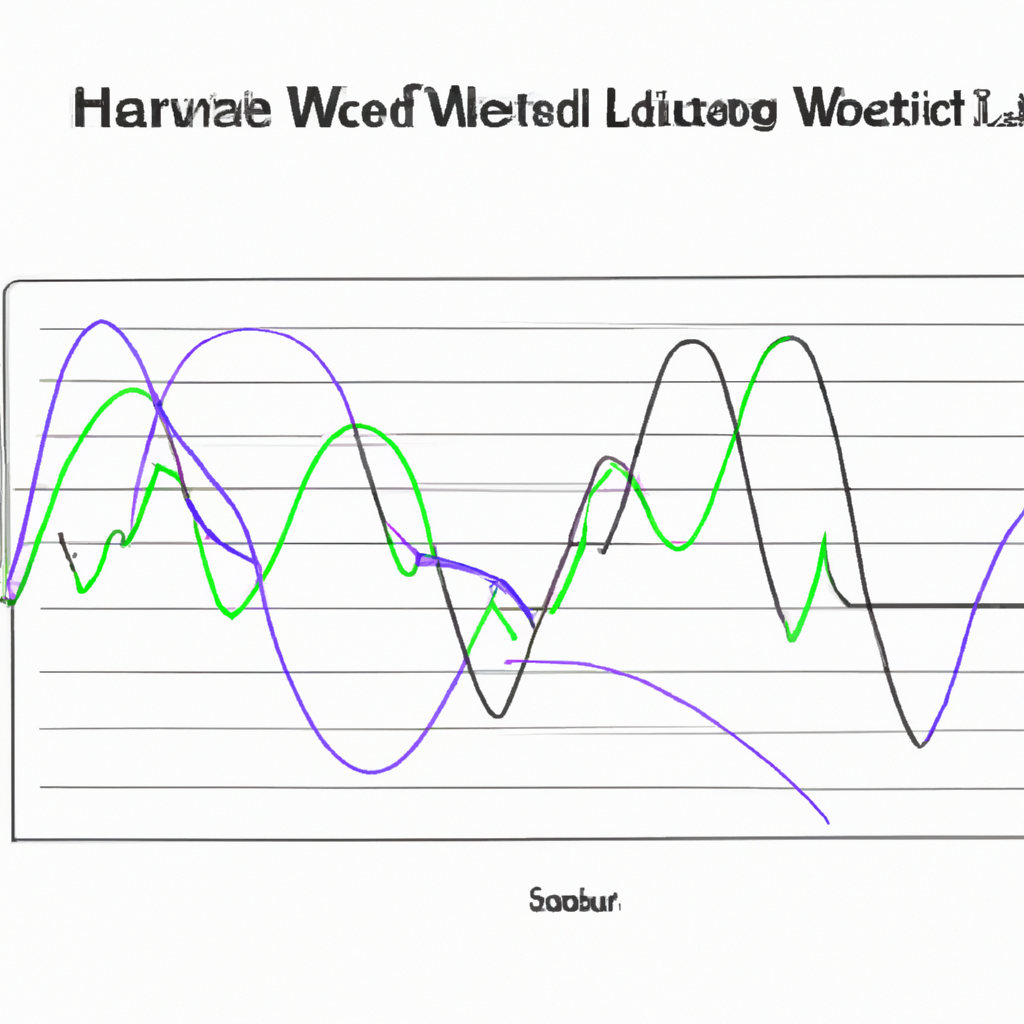Identifying RSI Divergence: A Key Technical Analysis Tool
Introduction
Technical analysis is a popular method used by traders to predict future price movements based on historical data. One of the essential tools in a trader’s arsenal is the Relative Strength Index (RSI), a momentum oscillator that measures the speed and change of price movements. By analyzing RSI divergence, traders can gain valuable insights into potential trend reversals, helping them make informed trading decisions.
Understanding RSI Divergence
RSI divergence occurs when the price of an asset and its corresponding RSI indicator display contrasting patterns. It suggests a potential weakening or strengthening of the prevailing trend, indicating a possible trend reversal.
Identifying Bullish RSI Divergence
Bullish RSI divergence occurs when the price of an asset forms a lower low while the RSI indicator forms a higher low. This indicates that despite the downward price movement, the momentum is shifting upwards. Traders interpret this as a signal that a bullish trend may be imminent.
Steps to Identify Bullish RSI Divergence:
- Identify a downtrend in the price of the asset.
- Observe the corresponding RSI indicator.
- Look for a lower low in the price chart.
- Check if the RSI indicator forms a higher low.
- If the RSI indicator displays a higher low while the price forms a lower low, it indicates bullish RSI divergence.
Identifying Bearish RSI Divergence
Bearish RSI divergence occurs when the price of an asset forms a higher high while the RSI indicator forms a lower high. This suggests that despite the upward price movement, the momentum is weakening. Traders interpret this as a signal that a bearish trend may be on the horizon.
Steps to Identify Bearish RSI Divergence:
- Identify an uptrend in the price of the asset.
- Observe the corresponding RSI indicator.
- Look for a higher high in the price chart.
- Check if the RSI indicator forms a lower high.
- If the RSI indicator displays a lower high while the price forms a higher high, it indicates bearish RSI divergence.
Utilizing RSI Divergence in Trading
Once RSI divergence is identified, traders can use this information to make more informed trading decisions. For example, if bullish RSI divergence is observed, it may be an opportune time to consider entering a long position or closing out short positions. Conversely, if bearish RSI divergence is detected, it may be wise to consider entering a short position or closing out long positions.
Conclusion
RSI divergence is a powerful tool in a trader’s technical analysis toolkit. By understanding and identifying bullish or bearish RSI divergence, traders can gain valuable insights into potential trend reversals. However, it is important to remember that RSI divergence should not be used as a standalone indicator but rather in conjunction with other technical analysis tools and indicators to make well-informed trading decisions.



